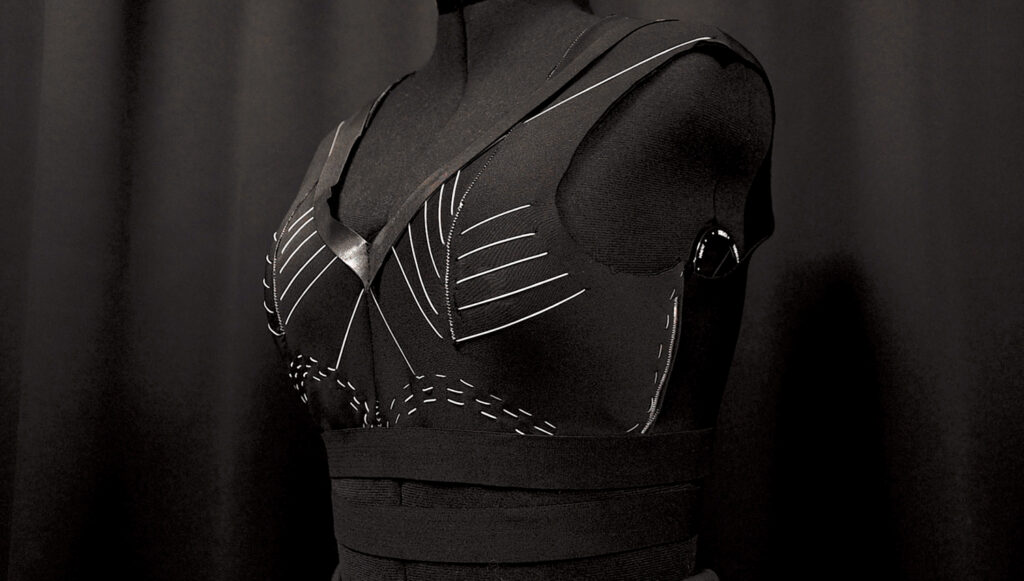
Researchers from the Massachusetts Institute of Technology (MIT) and Northeastern University have developed a programmable liquid crystal elastomer fiber called FibeRobo that alters its shape in response to temperature changes, without needing any hard components such as sensors. The low-cost fiber is compatible with textile manufacturing machinery and is machine washable. It could be used in responsive textiles, such as compression garments or a jacket that becomes more insulating as temperatures drop.
The material can be adapted through its chemistry as to its thickness or the temperature at which it actuates. It can contract up to 40% without bending; the version of the fiber that actuates at skin-safe temperatures contracts up to about 25%. The fiber could be combined with conductive thread to offer digital control to a user or to other digital information, such as readings from a heart rate sensor.

Collaborators involved in the trial-and-error process included researchers with expertise as varied as chemistry, mechanical engineering, electronics and design. Future research will look at making FibeRobo recyclable or biodegradable and to streamline its synthesis process, which produces about a kilometer of fiber per day. The cost of extruding the resin-based material, at .5 millimeters, is about 20 cents per meter (3 feet), much cheaper than currently available morphing fibers.
The study was presented at the annual Symposium on User Interface Software and Technology in October 2023.
 TEXTILES.ORG
TEXTILES.ORG


